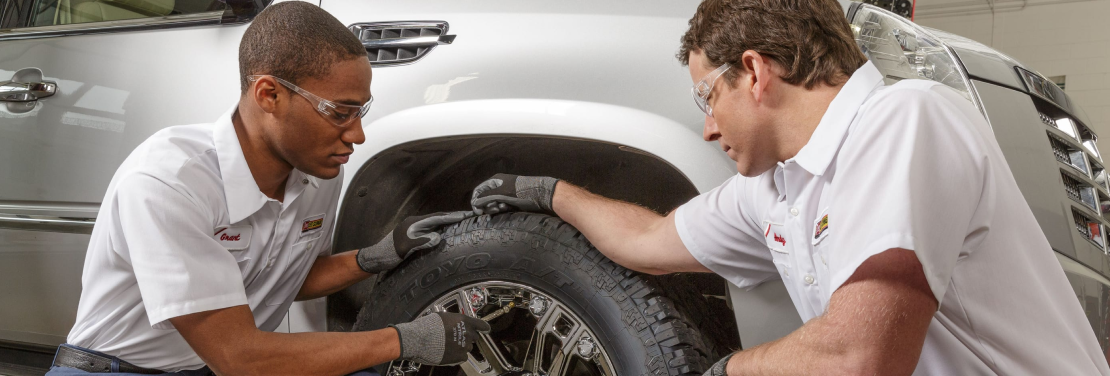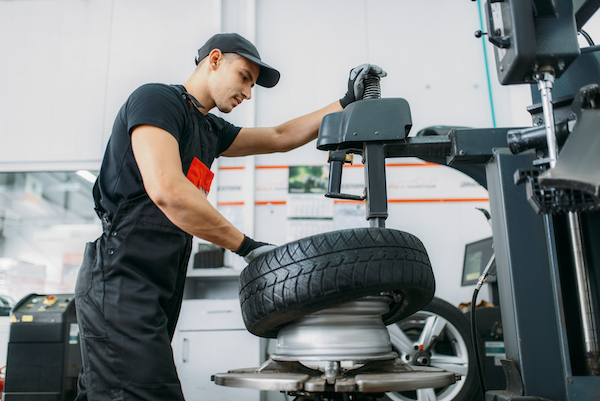Morris Tire and Alignment: Your Relied On Resource for Reliable Service
Morris Tire and Alignment: Your Relied On Resource for Reliable Service
Blog Article
Tire Service: Comprehending Tire Stress Surveillance Equipments
Comprehending Tire Pressure Surveillance Solutions (TPMS) is a vital element of maintaining ideal automobile efficiency and safety and security on the roadway. With advancements in automobile innovation, TPMS has actually become a basic attribute in modern-day cars, providing real-time details on tire pressure degrees.

Relevance of TPMS
The importance of Tire Pressure Monitoring Equipments (TPMS) hinges on their capacity to enhance vehicle security and efficiency through real-time monitoring of tire stress levels. Keeping the proper tire pressure is vital for guaranteeing optimal handling, braking, and overall safety and security of an automobile. TPMS gives motorists with instant feedback on any overinflated or underinflated tires, allowing for prompt changes to be made.
Elements of TPMS
Sensing units are normally situated in the tire shutoff stem or attached to the wheel assembly, where they determine tire pressure and transmit data to the control component. Some progressed TPMS designs additionally show the real tire stress analyses for each tire, offering vehicle drivers with real-time information to make certain optimal tire efficiency and safety and security. By keeping an eye on tire pressure continuously, TPMS helps stop mishaps, reduces tire wear, and enhances gas effectiveness, making it a crucial element for car safety and performance. mopar tire service specials.
Types of TPMS

On the other hand, indirect TPMS relies upon the car's wheel speed sensing units to keep an eye on tire stress. This system discovers underinflation by contrasting the rotational rates of the wheels. Indirect TPMS is less pricey than direct TPMS, as it makes use of existing sensing units within the car.
While direct TPMS supplies much more exact readings, indirect TPMS is easier in style and usually calls for much less upkeep. Both systems have their advantages and limitations, and the choice between them typically depends upon factors such as price, vehicle make, and More about the author individual choice. Understanding the differences between these 2 kinds of TPMS can get redirected here assist car proprietors make informed decisions relating to tire maintenance and safety.
TPMS Maintenance Tips
Conduct regular checks on the tire stress degrees and compare them with the TPMS analyses to guarantee they are regular. Throughout tire rotation or substitute, make sure that the TPMS elements are dealt with very carefully to stop any kind of prospective damages. If the TPMS cautioning light illuminates on the dashboard, attend to the concern immediately by examining the tire pressures and the total system for any type of faults.
Benefits of Appropriate Tire Stress
Preserving proper tire stress, as highlighted in TPMS Upkeep Tips, is critical for enjoying the numerous benefits related to ideal tire stress degrees. One of the key benefits of keeping the appropriate tire pressure is improved gas performance. When tires are properly blown up, there is much less moving resistance, causing much better fuel economic climate. In addition, correct tire pressure makes sure even tire wear, prolonging the life-span of the tires and promoting more secure driving problems. With the ideal tire pressure, lorries likewise have much better handling and traction, particularly in negative weather. This can improve general driving efficiency and security for the vehicle driver and travelers. Moreover, maintaining optimal tire stress can contribute to a smoother and extra comfy ride by decreasing resonances and noise triggered by underinflated tires. In final thought, the benefits of proper tire stress surpass simply tire longevity; they include enhanced gas effectiveness, improved security, far better car efficiency, and overall driving convenience.
Final Thought
Finally, comprehending tire stress tracking systems (TPMS) is essential for maintaining optimal tire pressure and making sure lorry safety and security. By acknowledging the value of TPMS, being familiar with its elements, understanding the various Learn More Here kinds readily available, adhering to proper upkeep ideas, and understanding the advantages of maintaining appropriate tire pressure, chauffeurs can enhance their driving experience and lengthen the lifespan of their tires. Correct tire pressure is essential to secure and reliable automobile procedure.

Report this page